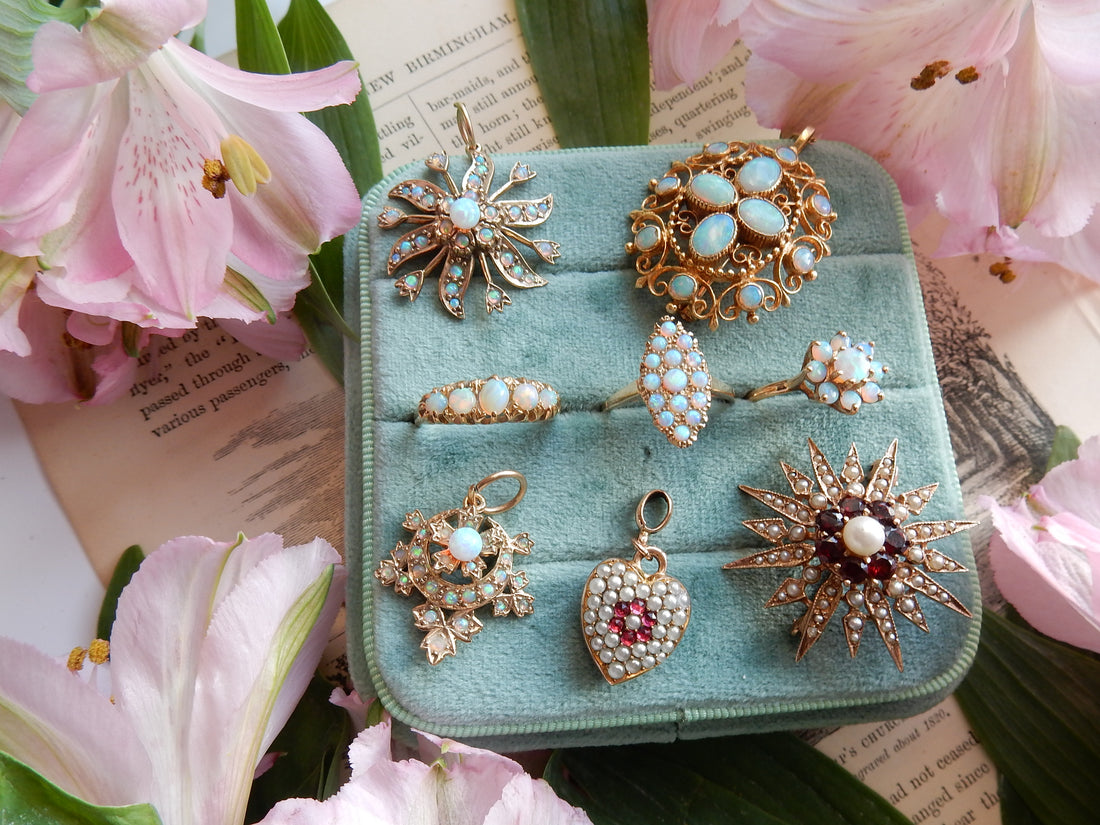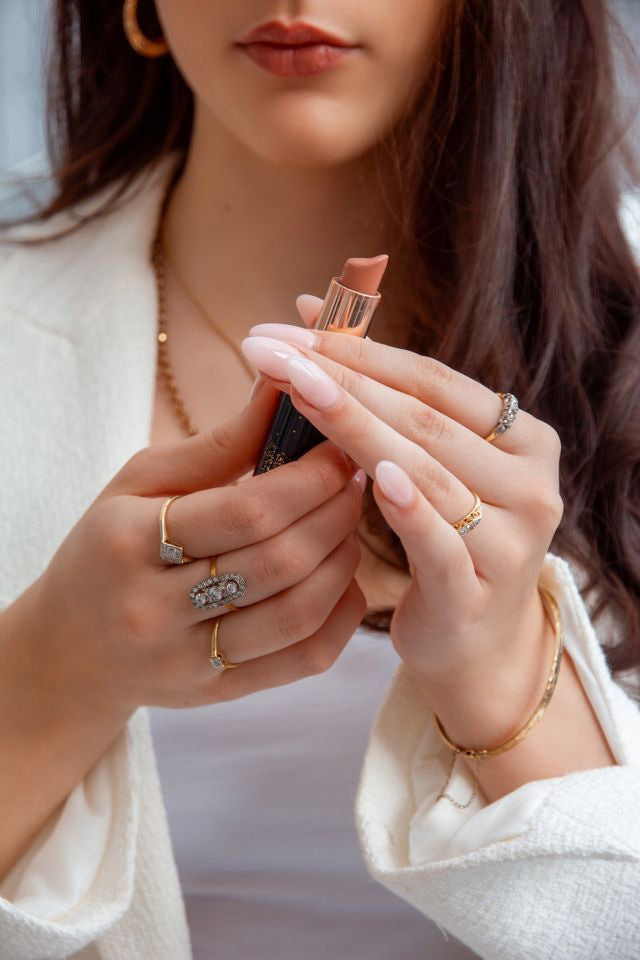Opals have been treasured for centuries for their unique, colorful appearance and are believed to have mystical and healing properties. The name "opal" comes from the Greek word "opallios," meaning "to see a change of color." And it's no wonder why - opals are known for their striking, iridescent play of color, which is created by the reflection and diffraction of light within the stone's microstructure.
One of the most fascinating things about opals is that no two are alike. Each opal has its own unique pattern and color combination, making it a truly one-of-a-kind gemstone. They come in a variety of different types, including white opals, black opals, boulder opals, and crystal opals. White opals are the most common and are known for their soft, pastel hues. Black opals are the most valuable and sought-after, with deep, dark backgrounds and brightly colored flashes of color. Boulder opals are found in ironstone boulders and have a natural, rough exterior. Crystal opals are transparent and have a glass-like appearance. Opals are made up of silica, and are formed when silica gel seeps into cracks in rocks and hardens over time. The gel hardens into a solid substance and the water evaporates, leaving behind the opal.
Opals are often associated with love and passion, and are said to bring good luck and happiness to those who wear them. They are also believed to have healing properties, particularly for the eyes and for improving one's vision.
Opals have been popular in jewelry for centuries, and are a favorite of many designers today. They can be set in a variety of different metals and styles, from classic gold and silver to modern, minimalist designs. They are also versatile and can be worn for both casual and formal occasions.
In conclusion, opals are a beautiful and unique gemstone that have captivated people for centuries. With their striking play of color and mystical properties, they make a perfect addition to any jewelry collection. Whether you're looking for a classic white opal or a rare black opal, you're sure to find something that catches your eye.



